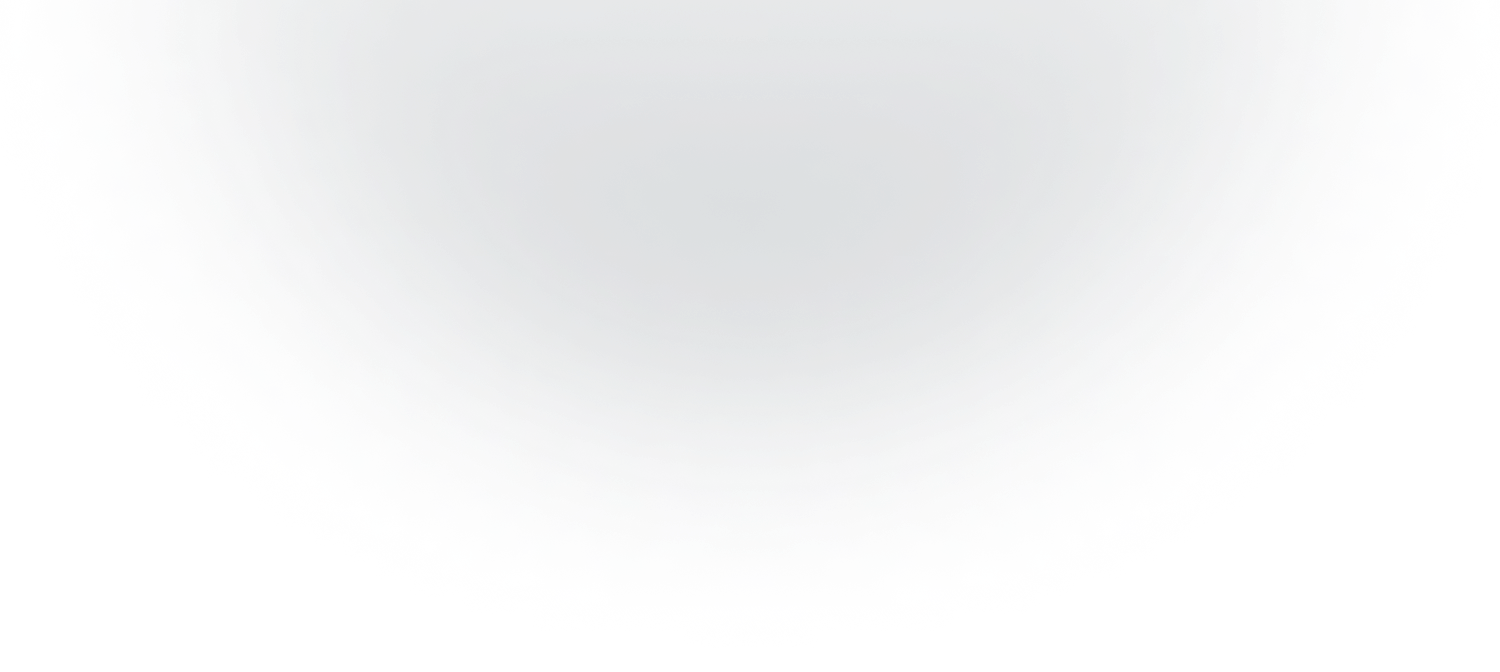Composite Materials
Before we explain the manufacturing methods for composites in detail, let us first explain what the composites are made of. The usage of fiber-reinforced plastics (FRP) has grown exponentially since the 1960s. As a result, these fiber-reinforced plastics are used in many applications, from sport equipment to aerospace structures. In general, composites consist of two or more different materials used together to achieve a new set of material properties that high-quality materials cannot achieve on their own.

In polymer composites, individual constituents are typically reinforcement material (as glass, carbon, aramid, etc.) and polymer resin (polyester, epoxy, vinyl ester, phenolics, etc.). The main roles of polymer matrix are to bind the fibers together and distribute force applied to part for overall durability. The fibers are used to carry the structural load and to provide strength and stiffness. This new generation material technology, which has developed rapidly, is expected to reach a global market volume of $130 billion by 2024.
Common Composite Manufacturing Processes
The selection of proper manufacturing process for composites depends on part size and geometry, number of units, type of reinforcement material and polymer matrix, and the cost. In addition to the different types of classification criteria, composites processing can be divided into two main groups as open (wet hand lay-up, spray lay-up, automatic tape placement and filament winding) and closed mold (rein transfer molding, vacuum infusion, and autoclave processing) processes.
1. Open Mold Processes
Wet Hand Lay-Up
Wet hand lay-up is the earliest manufacturing method for composite parts. In this process, a fabric layer is placed on top of the one-sided mold and followed by pouring thermoset resin over the fabric layer. A hand-held roller is used to apply pressure for compacting fabric layer and impregnate it with thermoset resin. Once the layer of the fabric layer is completely impregnated, another layer is placed, and this procedure is repeated until the desired lamination is completed.
Although this process is the earliest manufacturing method for composites, it is still widely used in marine industry because of its simplicity and low cost. However, the major drawbacks of this process can be listed as follows:
· High labor cost
· High emissions of styrene to the environment
· Low surface quality and dimensional tolerances
· Low mechanical properties because of low fiber volume fraction
Spray Lay-Up
Spray lay-up is another open mold process for composite manufacturing which can be identified as the derivative of hand lay-up process. Compared to hand lay-up, the resin is not applied directly by hand, but with spray gun. In general, continuous fiber is chopped with chopper gun and sprayed with polymeric resin simultaneously or sequentially to the one-sided mold.
It should be noted that the mechanical properties of final laminate manufactured with spray lay-up process is low since the resin ratio of the laminate is high (approximately 60%). In addition, another major drawback of this process is the part thickness variation thus low dimensional tolerances.
It is ideal to use this process for the parts which are simple shaped and used for low performance required applications such as shower stalls, vehicle trims and machine coverages.

Automated Tape Placement (ATP)
Automated Tape Placement (ATP) is an open mold composite process which uses robotic arm, fiber/polymer resin prepreg tape, heat, and pressure. In ATP, robotic arm is actively controlled for the placement of prepreg tape over the mold also pressure and heat are applied for consolidation of fibers and curing of resin, respectively. This procedure is repeated until the lamination is completed.
The main advantage of ATP is the manufacturing of highly customized parts since each tape can be placed at different angles according to the required load directions. Other advantages of can be listed as:
· Low labor cost
· Low material waste
· High part quality
However, the disadvantages of ATP can be listed as:
· High equipment cost
· Limited part geometry and size
· Long process time
Filament Winding
Filament winding is a composite manufacturing process which is mainly used for manufacturing circular, cylindrical and hollow shaped parts such as pipes, poles, tubes, vessels, and tanks. This process requires winder machine to rotate the mandrel and wind the fiber tows (or tow pregs) over the mandrel according to the required orientations. Impregnation of the fiber tows with resin occurs either during the winding operation or previously impregnated towpregs can be used as well.
The main advantages of filament winding can be listed as:
· Automated
· Low labor cost
· Optimized fiber orientation
· Short process time
· Most suitable process for cylindrical or circular shaped structures
The major drawbacks of this process are:
· High equipment costs (winder machine and mandrel)
· Limited geometry (not capable of manufacture concave shaped products)
· Low surface quality since the outer surface is not molded.

